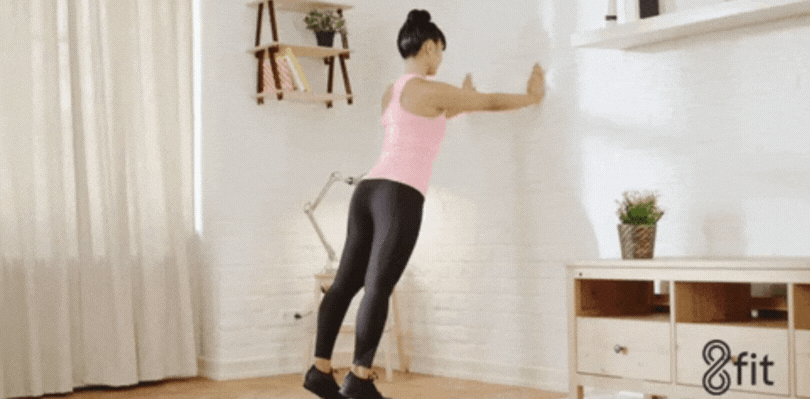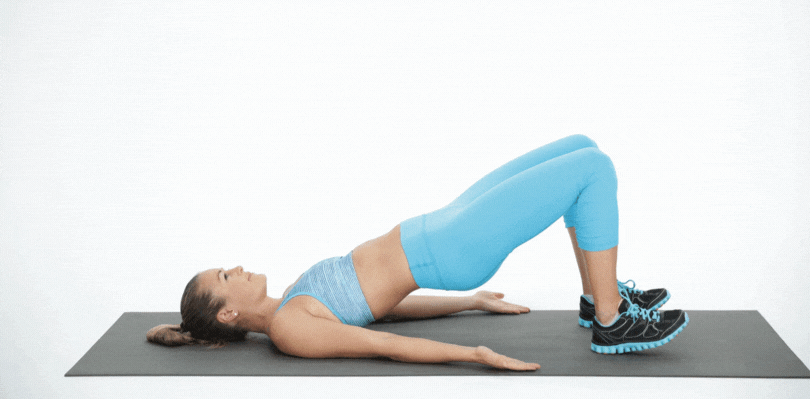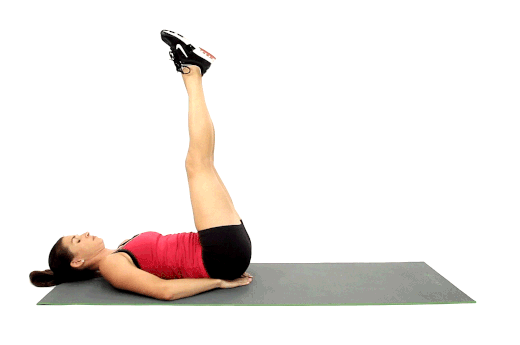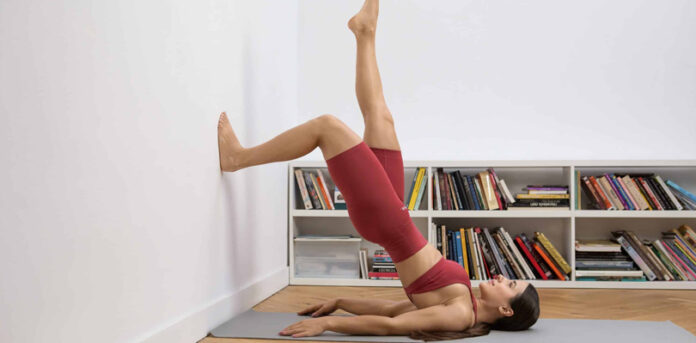Wall Pilates is a revolutionary approach to fitness that offers a unique blend of simplicity and effectiveness. It can transform your everyday routine into an opportunity for physical and mental well-being. In today’s busy lifestyle, finding time for regular exercise can be a challenge. However, with Wall Pilates, you can use a simple wall to create a versatile workout routine that fits seamlessly into your daily life.
What is Wall Pilates?
Wall Pilates is a variation of traditional Pilates exercises that incorporates the use of a wall as a supportive tool. Practitioners perform a series of movements and exercises using the wall to enhance stability, provide resistance, and maintain proper alignment. Moreover, the wall acts as a guide, helping individuals to engage specific muscles and perform exercises with precision.
By utilizing the support of the wall, practitioners can focus on improving core strength, balance, flexibility, and overall body awareness. Furthermore, wall Pilates exercises are designed to target various muscle groups, promoting better posture, muscle tone, and joint mobility. This innovative approach to Pilates offers a unique way to challenge the body and deepen the effectiveness of the exercises, making it accessible to individuals of all fitness levels.
Preparing For Your Workout
Before starting your Easy Wall Pilates workout, it’s crucial to prepare both your body and your workout space properly to ensure a safe and effective exercise session. Here are the steps you should follow to prepare for your Wall Pilates routine:
- Choose a comfortable, non-slip mat that provides adequate cushioning and support for your exercises.
- Wear breathable and stretchy workout attire that allows for a full range of motion.
- Keep yourself hydrated throughout your workout by having a water bottle within your reach.
- Find a clear wall space in your home or gym, free from obstacles, to perform the exercises safely.
Warming Up Exercises
1. Neck Rolls: Gently roll your neck in clockwise and counterclockwise motions to release tension.
2. Shoulder Rolls: Roll your shoulders forward and backward to warm up the shoulder joints.
3. Arm Circles: Extend your arms to the sides and make circular motions, gradually increasing the size of the circles.
4. Leg Swings: Hold onto support and swing your legs forward and backward to warm up your hip joints.
5. Body Weight Squats: Perform a few bodyweight squats to activate your leg muscles and increase blood flow.
6. Deep Breathing: Practice deep breathing exercises to oxygenate your body and calm your mind.
Easy Wall Pilates Exercises For Everyone
Now that you’re prepared and motivated, let’s dive into the invigorating world of Easy Wall Pilates exercises. These routines are designed to enhance your everyday fitness, offering a combination of simplicity and effectiveness. The wall will serve as your support, providing stability and allowing you to focus on proper form and movement. Let’s get started:
Wall Squats

- Stand with your back against the wall and feet hip-width apart.
- Lower your body into a squat position, keeping your back flat against the wall.
- Hold for 15-30 seconds, then slowly rise back up.
- Repeat for 3 sets.
Planks
- Face the wall and place your hands shoulder-width apart the wall, arms straight.
- Step back until your body is in a plank position, with your head, back, and legs forming a straight line.
- Hold the plank for 20-30 seconds, engaging your core muscles.
- Return to the starting position and repeat for 3 sets.
Wall Push-Ups

- Stand facing the wall, arms extended and hands shoulder-width apart.
- Lower your chest towards the wall by bending your elbows.
- Push back to the starting position, keeping your body in a straight line.
- Perform 12-15 repetitions for 3 sets.
Bridge

- Lie down on your back with your feet flat on the wall and arms by your sides.
- Press through your heels, lifting your hips towards the ceiling, forming a bridge position.
- Hold for 15-20 seconds, focusing on squeezing your glutes and core.
- Lower your hips back down and repeat for 3 sets.
Wall Leg Raises

- Lie down on your back with your hips close to the wall and legs extended vertically against the wall.
- Keep your hands under your hips for support and lift your legs towards the ceiling.
- Lower your legs without touching the ground and then raise them back up.
- Perform 12-15 repetitions for 3 sets.
Benefits Of Wall Pilates
Wall Pilates offers a wide range of benefits for individuals of all fitness levels. Incorporating Pilates exercises with the support of a wall enhances the overall experience and provides several advantages, including:
Core Strengthening: These exercises engage the core muscles effectively, helping to improve core strength and stability. A strong core is essential for better posture, balance, and overall body strength.
Improved Posture: By focusing on alignment and core engagement, Wall Pilates helps in developing awareness of proper posture. Regular practice can lead to improved posture, reducing strain on the spine and promoting a more upright stance.
Increased Flexibility: These exercises involve dynamic stretches and movements, promoting flexibility in various muscle groups. Enhanced flexibility contributes to improved range of motion, reducing the risk of injuries and enhancing overall mobility.
Enhanced Muscle Tone: Wall Pilates targets specific muscle groups, leading to improved muscle tone and definition. Regular practice helps in sculpting and toning the body and also creating lean and long muscles.
FAQs
What is Wall Pilates?
Wall Pilates is a fitness technique that incorporates a wall to provide support and resistance during exercises. It enhances stability, promotes proper alignment, and offers a full-body workout experience.
Is Wall Pilates suitable for beginners?
Yes, Wall Pilates is beginner-friendly. The exercises can be adapted to various fitness levels, making them accessible to newcomers. Moreover, the wall support helps beginners maintain balance and learn proper form.
How long are Wall Pilates sessions?
Wall Pilates sessions typically last between 30 to 60 minutes, making them convenient for individuals with busy schedules. Shorter sessions can still be effective if performed with focus and intensity, allowing flexibility in workout duration.

